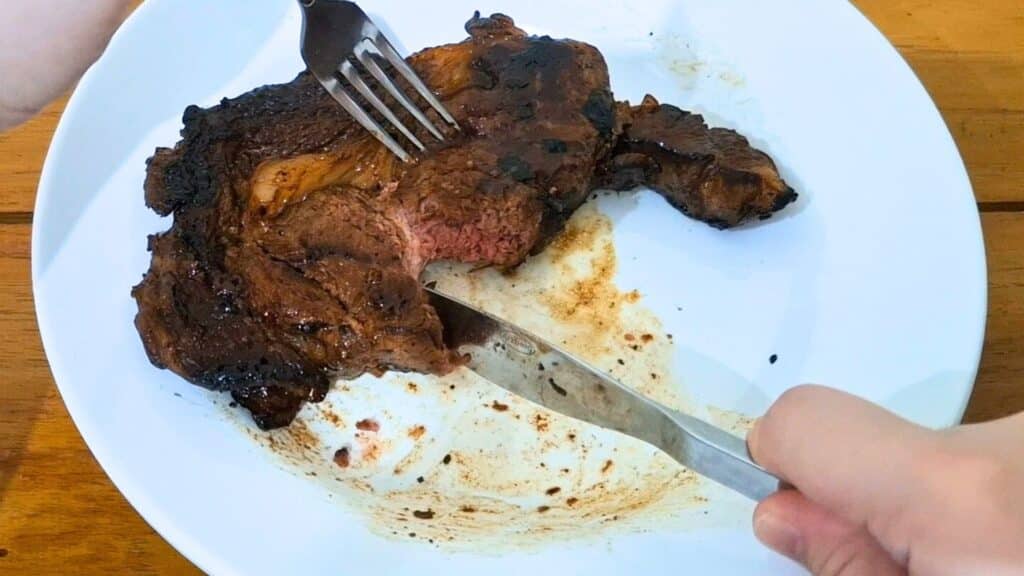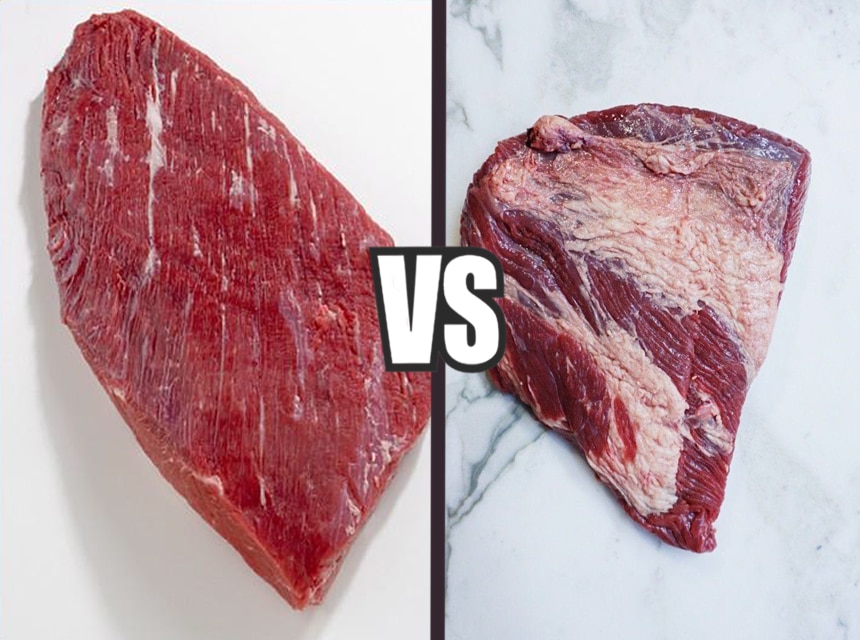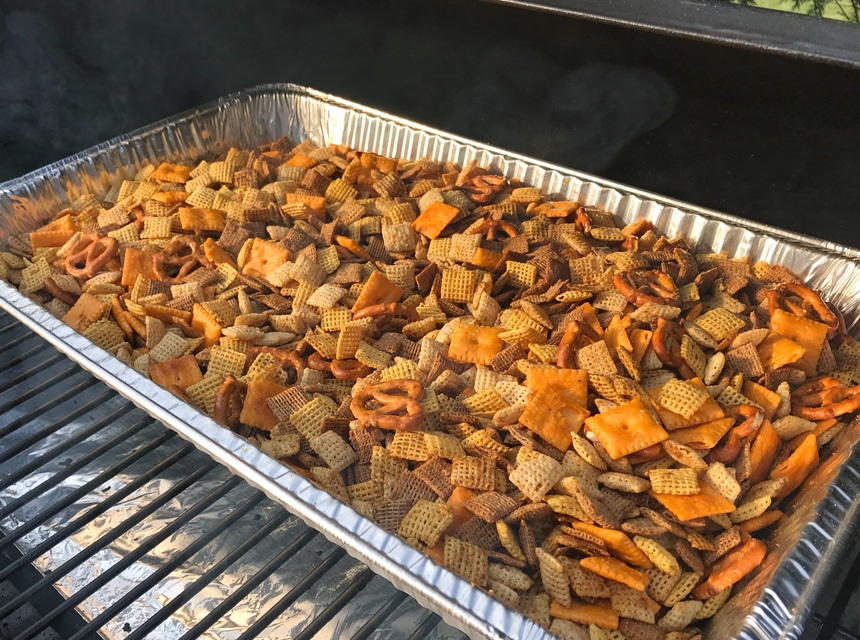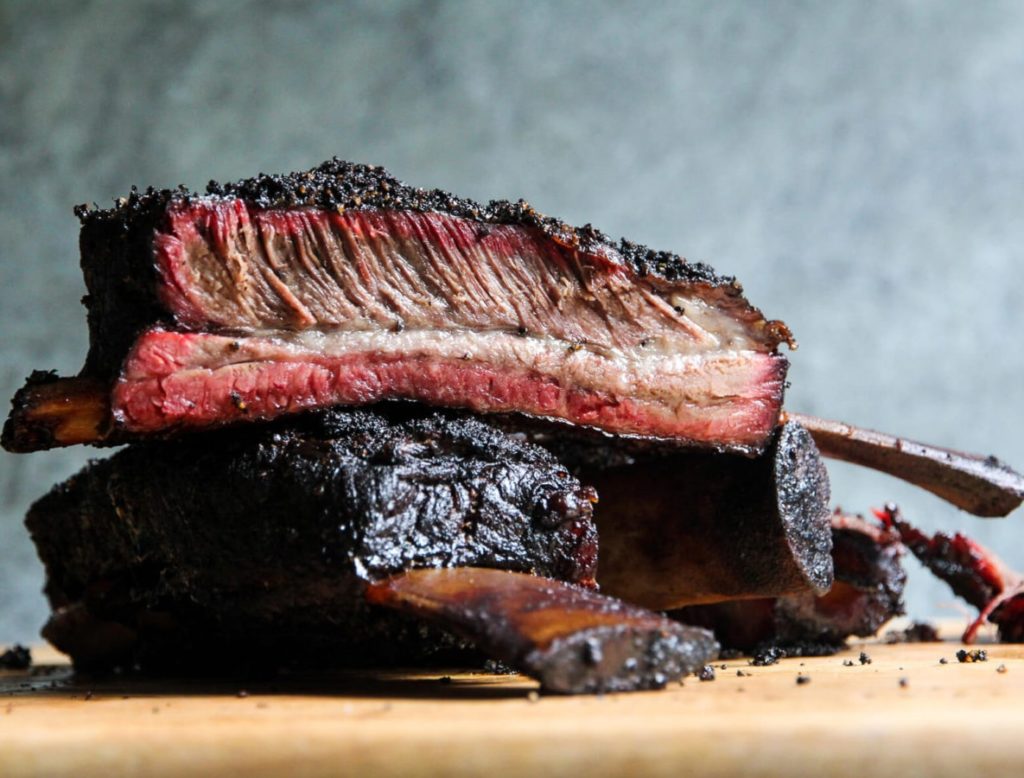

There are different cuts of meat out there with different tastes. While you might like some, the others might not just be for you. What if we told you there’s a steak you can’t but love? Oh yes, that’s the bavette steak. This steak boasts just the kind of lovely flavor you want to savor on every occasion.
Besides, the bavette steak is quite popular and has several recipe options to enjoy with your family and friends. This steak offers endless possibilities when it comes to preparing it. You can either sear it on a pan, sous vide it, or grill it on a barbecue of your choice.
There’s a lot to learn about the bavette steak; from its cut to how to prepare it. This article will dissect everything you need to know about this lovely steak so that you and your family can get to experience its goodness.
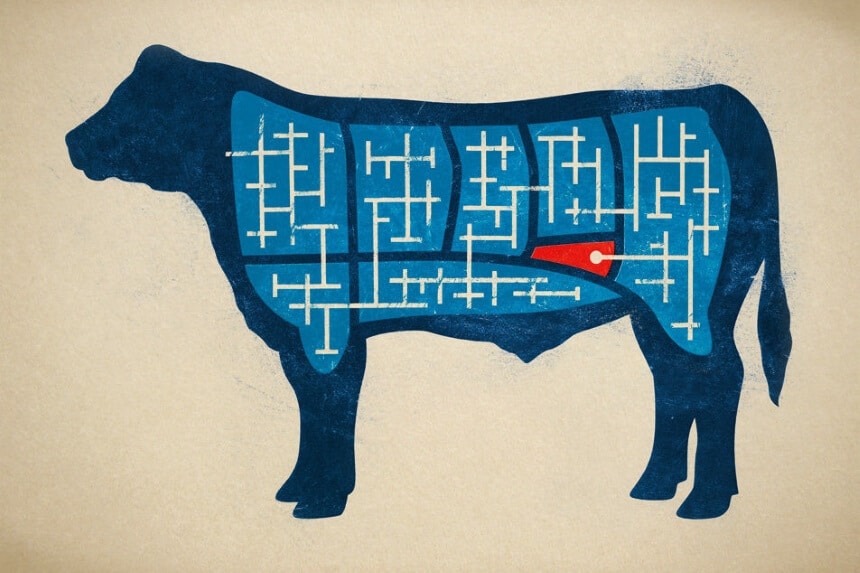
Moreover, bavette steak, also know as flap steak, boasts a nice and tender texture. Plus, it features loose-looking grain and muscle fibers that allow marinades to easily seep into the cut for tastier meals. Thanks to the very fine marbling (intramuscular fat), the rich, deep flavors of this steak are unbelievable.
Another important thing to know about this cut is that there’s a relatively small amount found in each animal. Hence, you can find it somewhat difficult to find bavette around you unless you can access a reliable butcher or you live in a big city.
But today, you don’t need to have trouble finding one for your favorite recipe thanks to the availability of the American Wagyu Black Grade Bavette online. Also, this cut – which weighs 1.5 lbs – is packed with enormous marbling and richness, so you can be confident you’re buying the right product.
Of course, like every other steak cut, you may not get the best meat because you don’t know what to look out for. Luckily for you, you’re about to find out how to get the best bavette steak cut. The most reliable indicator for the best cut is color. We must also note that the older the age, the better the meat. Once you see a definite dark red color, you should know the beef is nicely aged and has become more tender for a delicious meal.
Plus, the best bavette steak cut is usually from grass-fed beef as they contain a higher amount of minerals, omega 3 fatty acids, and vitamins more than grain-fed beef.
If the best is pinkish and pale, there’s a huge chance it’s too little aged and therefore possibly tough and low in flavor.
Besides, the bavette steak has a long, flat shape that makes it easy to sear or grill. Also, this type of steak has a relatively low-fat level. For a serving of 100 grams, you get a fat level of 10 grams.
There are many things you need to make available to prepare bavette steak to your utmost satisfaction. You need to grill it, marinate, and spice it for an exceptional taste.
Grilling is the most popular and arguably the best way to prepare bavette steak. You can’t just beat that smoky flavor. As you probably know, there are different types of grills you can call on. It can be the gas grill that uses cooking gas to cook your meat without any mess.
Another type of grill is the charcoal grill which runs on charcoal as its name suggests. A kamado grill is a good example of a grill fueled by charcoal. The best kamado grill is considered a very efficient outdoor oven that can handle the heat you need to grill your steak. There’s also the pellet grill which is fueled by different kinds of woods. Many enjoy using this type of grill largely because of the unique smoky flavor it adds to the food.
Lastly, the electric grill is the ideal smokeless indoor option. So, if you want the best smokeless indoor grill, you should look towards an electric grill. Besides the grills, you also need the best grill tool set to slice, flip, season, clean, and do more when grilling your bavette steak.
Moreover, a bavette steak is an exercised cut of meat, meaning it can be quite tough. Hence, many recipes recommend that you marinate the meat to keep it moist and tender. You need a marinade – a medium used to prepare meat for cooking, often by grilling – to marinate your bavette steak. Apart from tenderizing your meat, marinade also enhances flavor and acts as a short-term preservative.
There are three types of marinades you can use to grill your bavette steak. We’ll explain them below:
Acidic marinade – Uses bases such as vinegar, wine, or highly acidic juices like citrus or tomato juices. The acid loosens up the meat during grilling and retightens it after a while.
Enzyme marinade – Breaks down the meat’s muscle fiber, leaving the natural juices to flow out and the wet marinade to flow in. But after cooking, the absorbed wet marinade evaporates and leaves the meat tough and dry.
Dairy marinade – This looks like the only approach that tenderizes your meat. The marinade’s calcium activates the meat’s enzymes, breaking down its proteins.
Another important part of preparing bavette steak is adding spices. There are many options out there, including onion powder, garlic powder, mustard, to mention a few.
There are many methods to cook bavette steak even though grill seems like the most popular of them all. We will explain the different methods below:
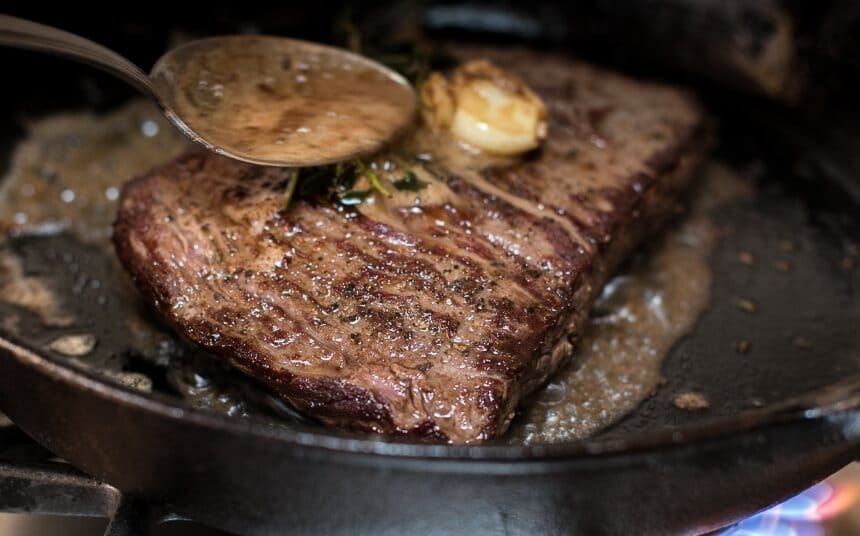
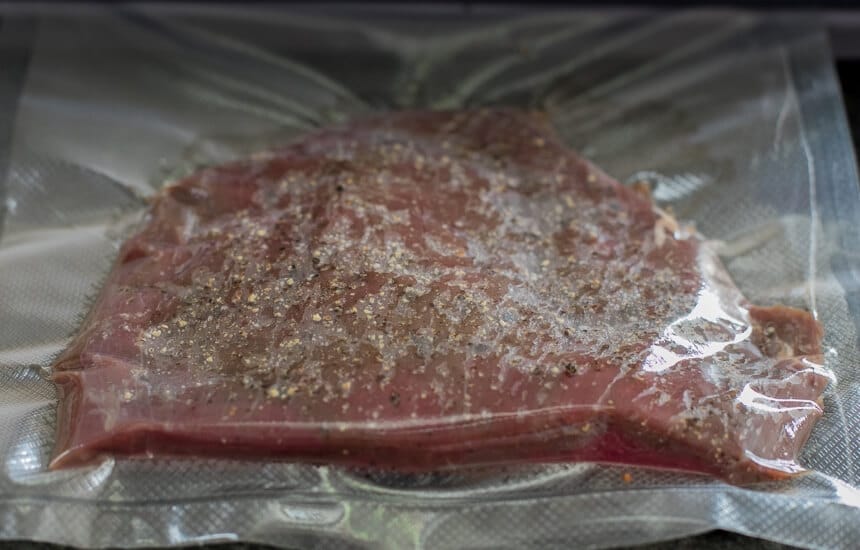

You can use any type of grill you can find or better still go for the high-quality Z Grills 700E wood pellet grill. According to most reviews, this grill is quite efficient thanks to its heavy-duty construction, making it the most reliable option out there. It also offers an unmistakable smoky flavor.
As we mentioned earlier, there are many bavette steak recipes you can try out. We will give you the step-by-step instructions for two recipes below:
 Ingredients
Ingredients
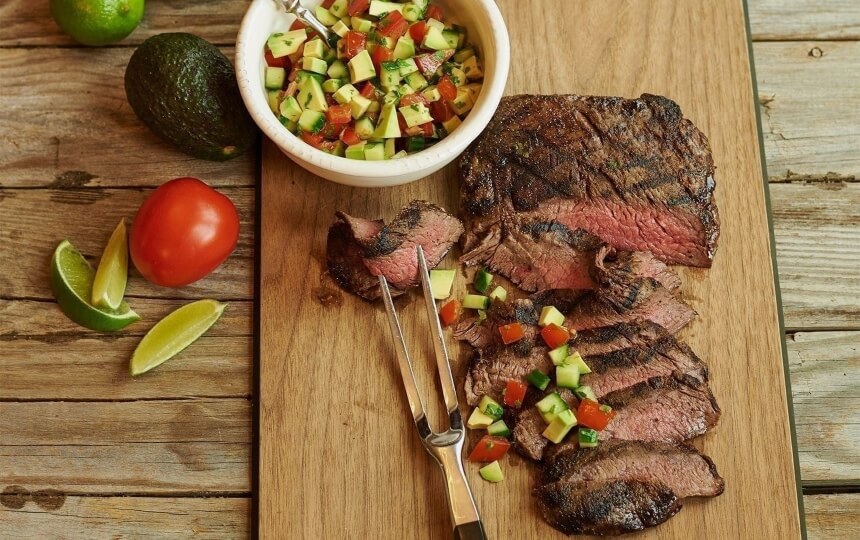 Ingredients
Ingredients
No doubt, bavette steak is that dish almost everyone wants to have a taste of but only if it’s cooked in the right way. It all starts from the preparation and using the right cooking method. As you now know, there are three methods you can use to cook your steak although we favor the grilling method for obvious reasons. With the right bavette steak cut, there are several recipes you can use to cook a lovely dish for your friends and family.
